Mark Russell began his career as a VFX producer. For several years he has produced the effects of many films like MINORITY REPORT, HELLBOY or THE ITALIAN JOB. He then became VFX supervisor for films such as SLEEP DEALER, DOUBT or CARRIERS.
What is your background?
I was an actor through college. From there I worked for a very hands on film producer for a number of years before managing visual effects. I produced VFX for a number of years, and then I began supervising.
How was the collaboration with director George Nolfi?
George is an excellent collaborator. He really listens to and appreciates input without lacking personal vision. There were some things that he was very specific about, but most often he was looking for the best way to get the result he wanted and was open to collaborative ideas.
This is the first movie of George Nolfi. What was his approach to visual effects?
George got very excited about VFX. He was very happy to learn what made visual effects more effective and the things to avoid.
Can you explain how you selected the various VFX vendors?
I had been working in NY for a number of years and had pretty good relationships with a number of vendors here. I really tried to identify and play to the strengths of each of the vendors used without relying too much on any one shop.
How have you managed the shots with static characters? Did the actors pretended to be fixed or is it more complex?
The frozen people from the scenes in the office were a combination of things. First, the production hired mimes for the BG parts, so we had a leg up from the get go. Even that wasn’t enough, so RhinoFX (now Gravity) rotoscoped and froze the actors who were not perfectly still. We had to remove an eye blink here, and a slight drift there, we added steam to a coffee cup, but all in, it worked out, in camera, far better than I had hoped.
Is the « men with hats » headquarter is a real building or is it a matte painting?
The Adjustment Bureau HQ is 11 Madison Avenue (The Metropolitan Life North Building), which is a real building built just before the depression, but, because of the economic conditions at the time, what was planned to be taller than the Empire State building was halted at the 29th floor. With the help of PhospheneFX and a matte painting we restored the building to its originally intended height of 100 stories.
Have you created some set extensions for the huge « men with hats » hangar?
Believe it or not, the scenes in the warehouses were mostly in camera. We did some 2D compositing in these scenes to accommodate new material, but the size and scale of the space remains unchanged. These scenes were shot in New York’s Javitz Center which as you can tell is vast.
Did you do something on the shots showing New York from the boat?
The shots during the boat scene were also in camera. The scene was shot over two different perfect New York days where the sky looked too real to be true. We did have to remove a boat or two from some of the shots, but mostly the scene was untouched.
How did you shoot the shots with the « magical » doors?
We tried to approach each of the shots with the doors differently, and George really wanted to take the audience through it as David’s character was experiencing it. To that end, we made them increasingly more complex as the film progressed, so that by the time you get back to the Adjustment Bureau you really feel like you’re doing something spectacular. Some of the earlier shots were simple greenscreen comps where we shot BG plates to match perspective. Then the later ones involved adding interactive lighting and color as the actors traveled from one location to another.
With the help of Jim Rider at RhinoFX, we were able to create a progression through the doors. They started to get complicated when David runs from the rainy alley into the “blue door” near the courthouse. The intention here was to travel with David through the door and show his disorientation as he crossed through. The foreground element was shot with a Steadi-cam rig and then we scanned the selected take and tracked it in 3D. The rest of the elements for the shot were captured using motion control and a number of different locations. All this was blended with a some 3D elements to tie the plates together and create the final shot.
My favorite of all these transitions is the Courthouse to Yankee Stadium to 6th Avenue sequence. In order to complete this moment, we built part of the bathroom set in the center field bullpen at Yankee Stadium, so when David walks Elise through the door from the courthouse we really felt Yankee Stadium. The transition from Yankee Stadium to 6th Avenue was a little more tricky, but here we got really luck in that the A and B sides of the transition were a pretty close match. Again, Jim at RhinoFX put this one together using some 2D tricks and finesse.
The final doorway transition from 6th Avenue to Yankee stadium was completed by Wildfire VFX in Los Angeles. Here we shot 3 plates from different locations (a blue screen set with a fence, 6th Avenue and the Statue of Liberty) using a combination of Steadi-cam and motion control to get near matching elements which were then fine tuned and composited into the final shot.
Did you use greenscreens or is it a heavy use of roto?
We used greenscreen wherever possible, which was most of the time. However there were a few places where greenscreen was not possible, so we rotoscoped those shots. The closet of the restaurant where Richardson and his aide run into the closet was an example of where we didn’t have the space to light a greenscreen, so we went without it.
How did you shoot the backgrounds for the final sequence on the roof?
The final scenes on the roof where shot on at the top of 30 Rockefellar Plaza on the real roof, so the bulk of our work there was cleaning up and removing the glass and enhancing the sky.
What was the biggest challenge on this project?
What was most challenging for me was the series of shots leading up to the roof in the stairway. We wanted to have a scene where we followed our actors up the stairs and out the door onto the roof, then back down the stairs through a door leading them impossibly to the same roof in one continuous shot. We pre-visualized the scene in order to better understand the problems, then we tested the shot with a 50 ft technocrane and an open stairwell to find out what could really be achieved.
Ultimately, we decided to build a half stairway leaving the top and side open in order to arm the camera into the set as well as light the set. We surrounded the set in greenscreen and shot the foreground plates. Then we tracked the shot in 3D, to generate matchmove data so that we could shoot background plates from the roof of 30 Rock using motion control. Once we had the BG plates for the rooftop, John Bair of PhospheneFX was able to create the remainder of the stairwell in 3D and composite the elements together.
How long have you worked on this film?
All in, it took about 16 months from start to finish.
How is the number of VFX shots?
We ended up with about 310 VFX shots in the film.
What do you keep from this experience?
It was a great experience for me to be a part of a film that really had fun highlighting so many great parts of New York. The cast and crew were wonderful to work with.
What is your next project?
I am currently starting post production on TOWER HEIST for Universal Studios with Brett Ratner directing. We had a grueling 76 day shoot, and now we’re just getting started with the visual effects.
What are the 4 movies that gave you the passion of cinema?
BRAZIL, JAWS, STAR WARS and LAWRENCE OF ARABIA.
A big thanks for your time.
// WANT TO KNOW MORE ?
– Mark Russell: Website of Mark Russell.
© Vincent Frei – The Art of VFX – 2011


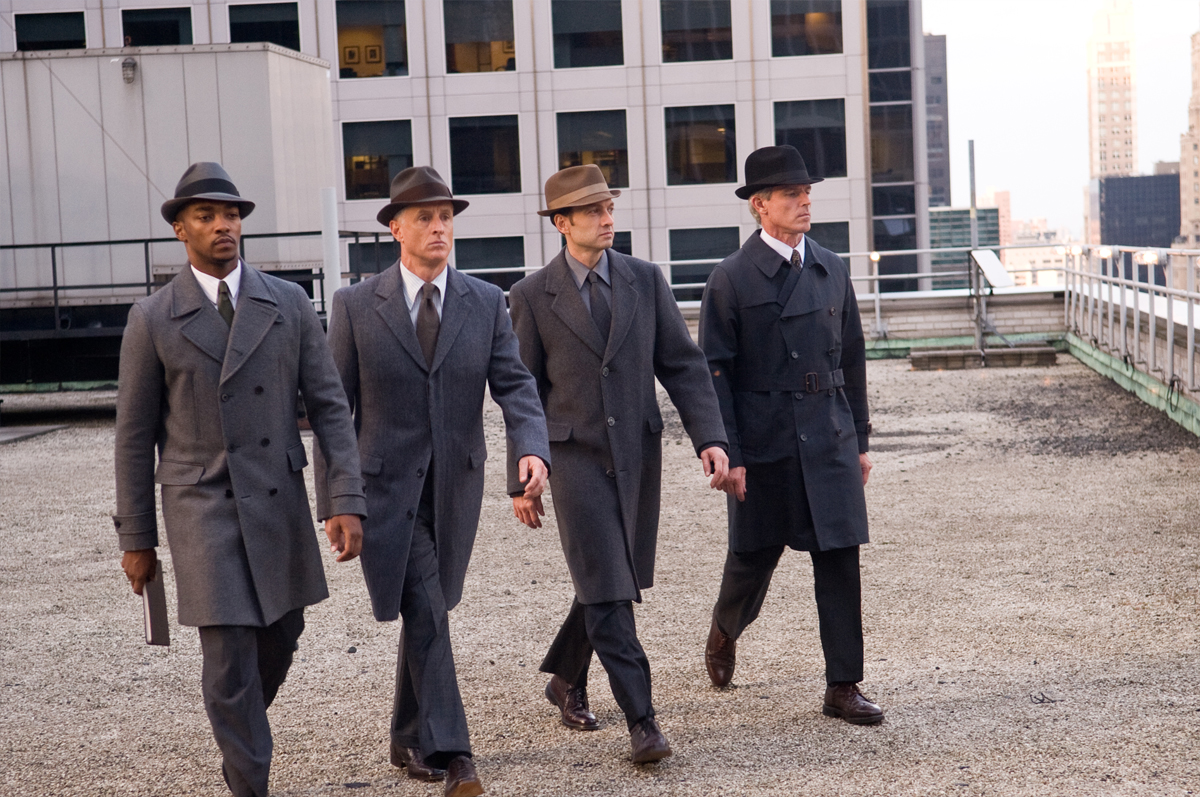

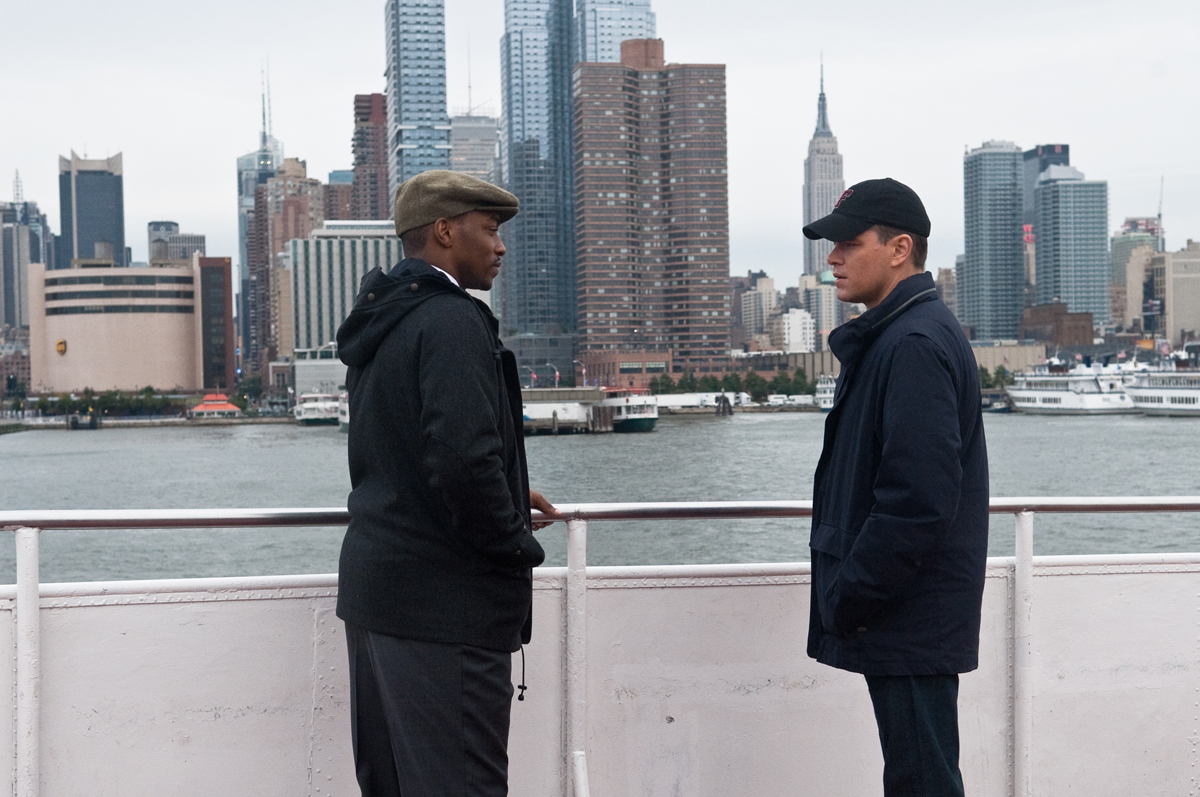
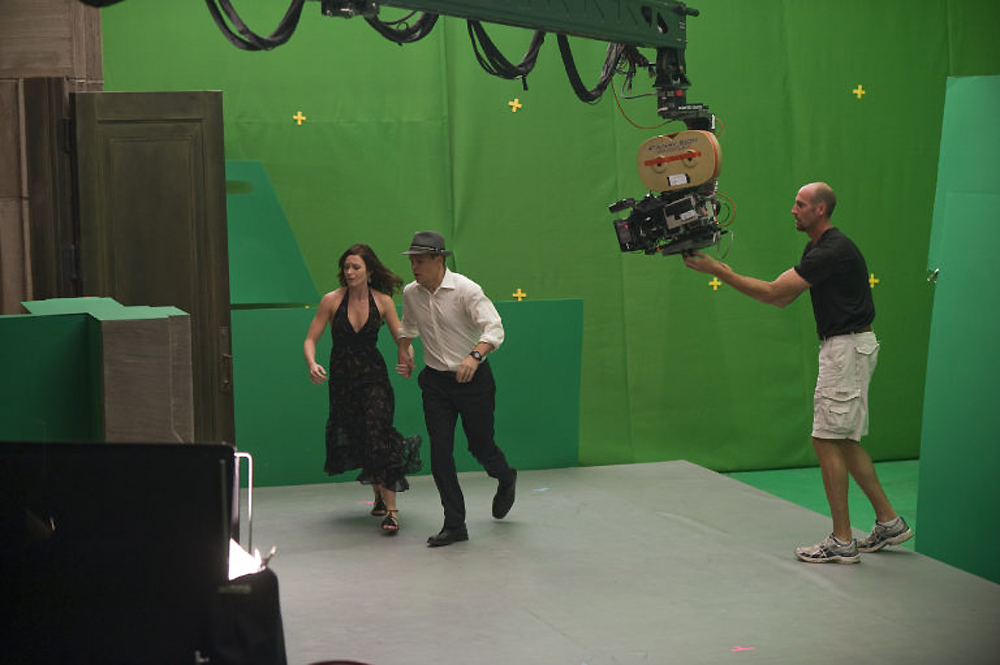
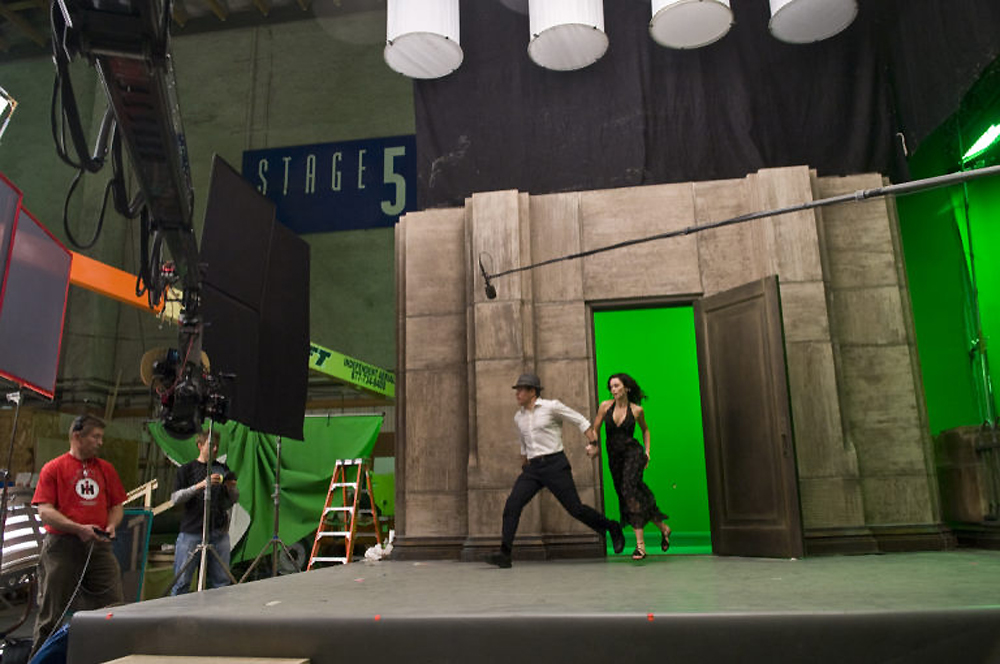
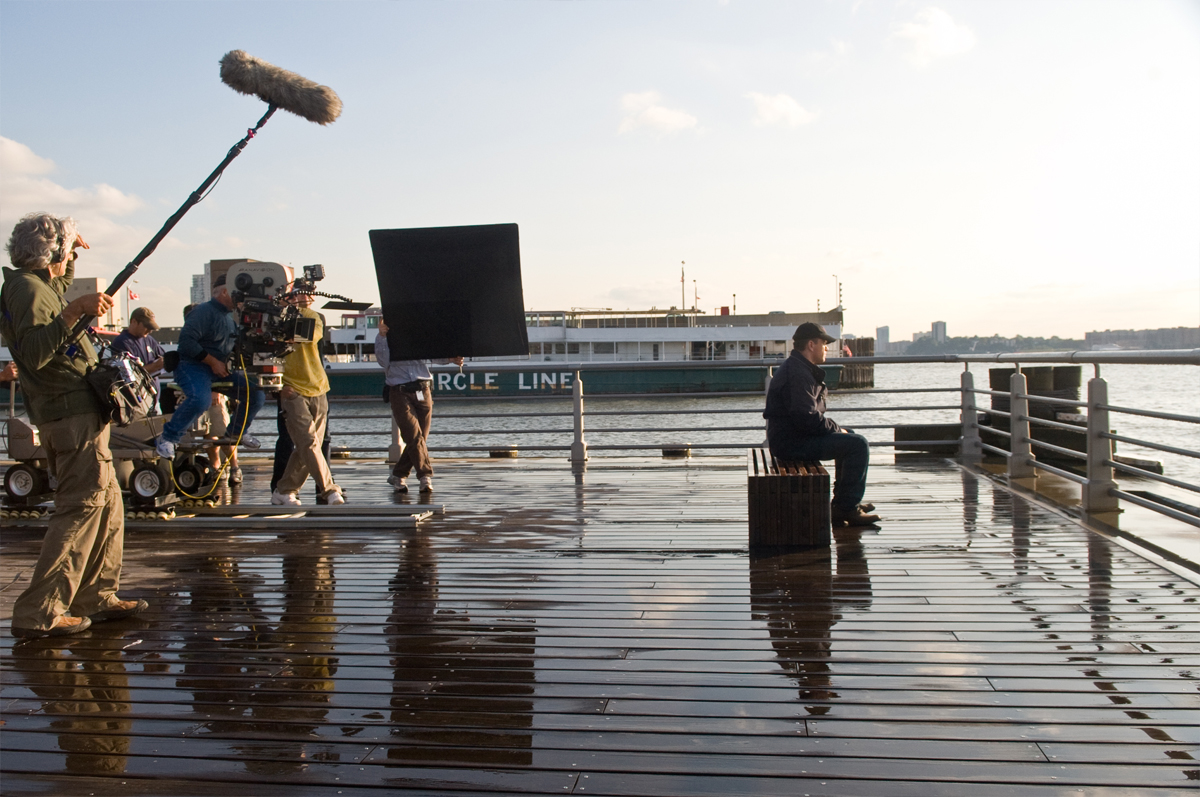
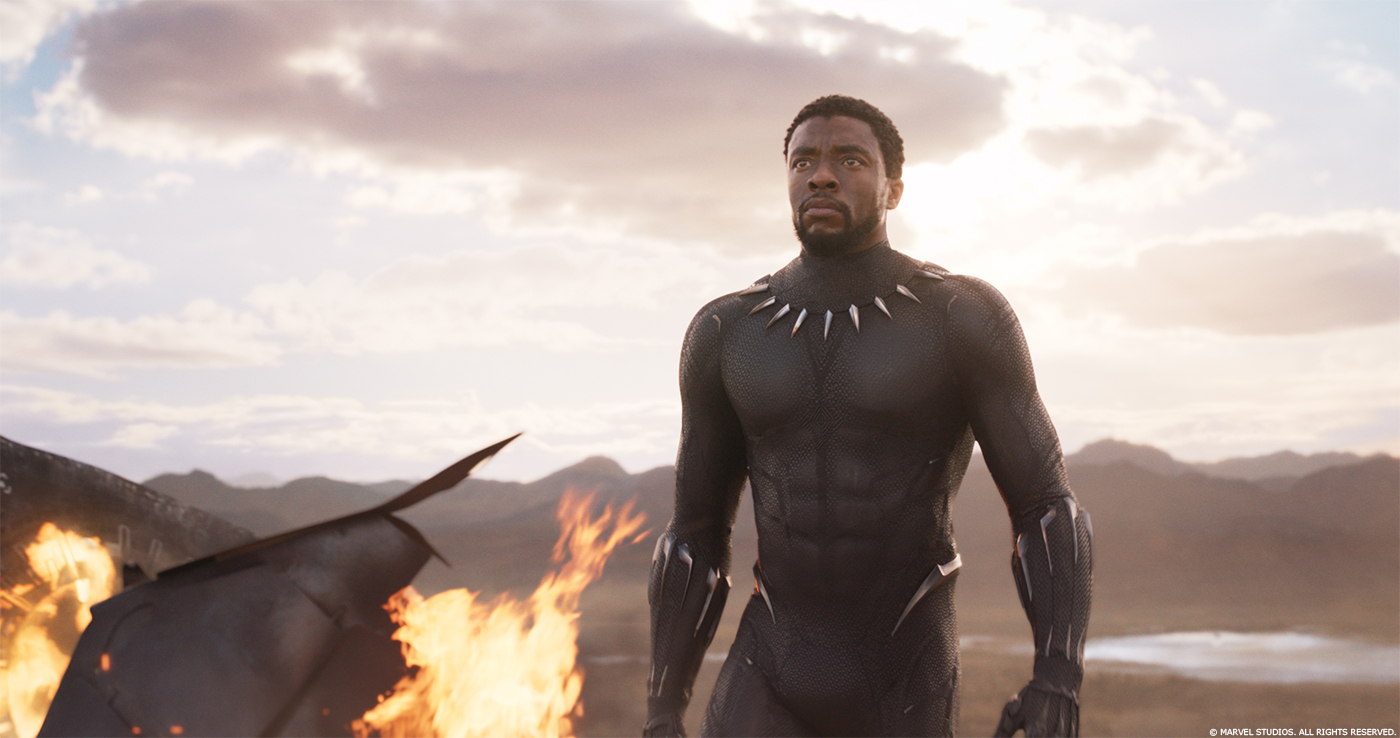
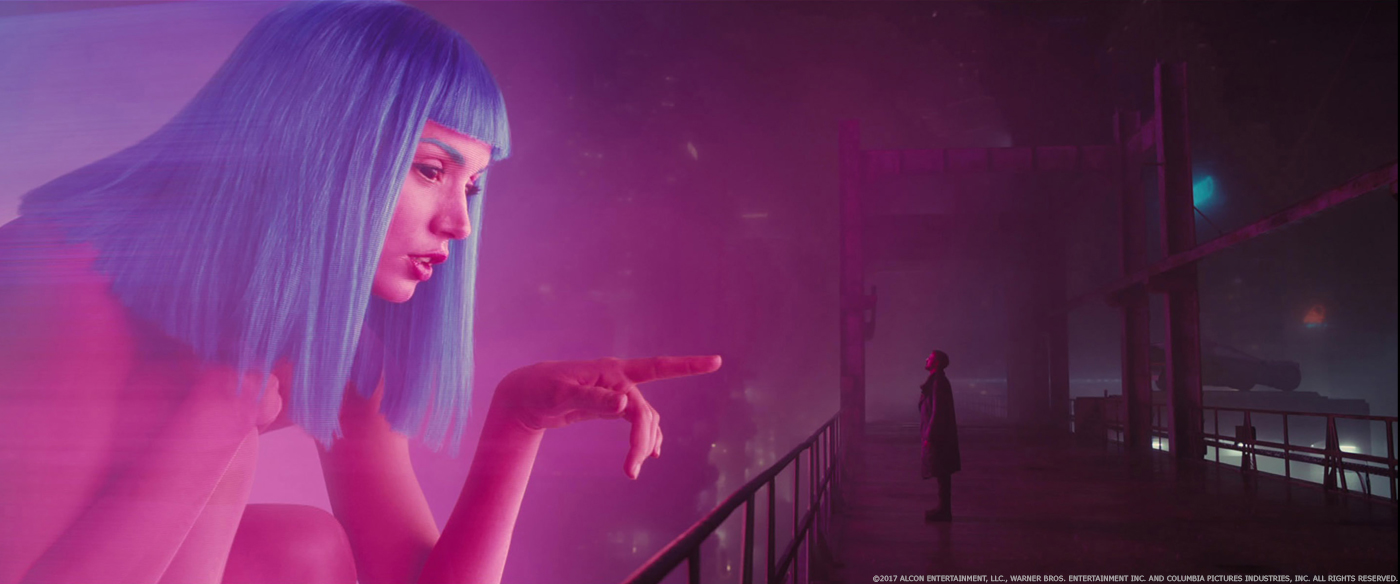
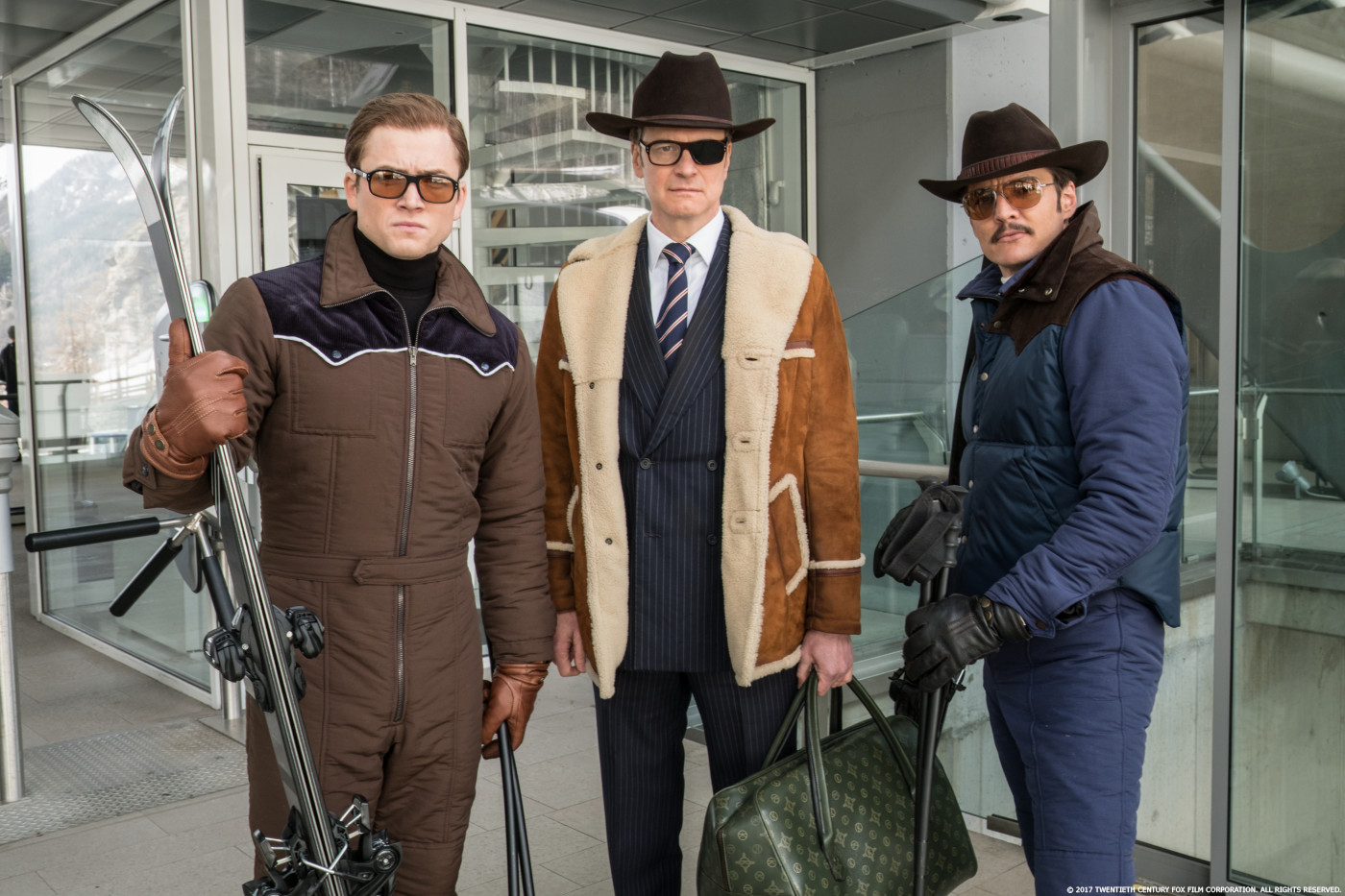
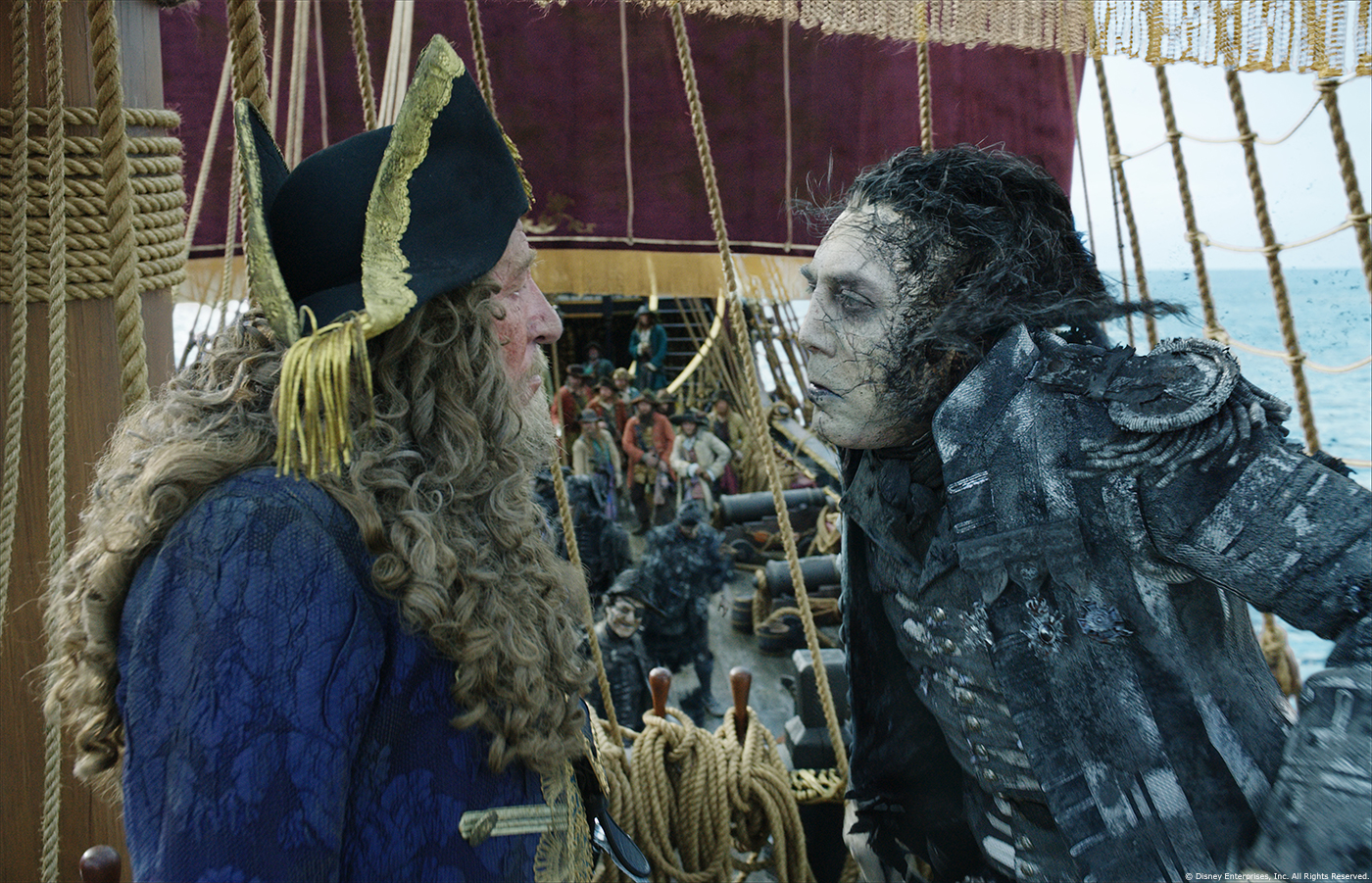
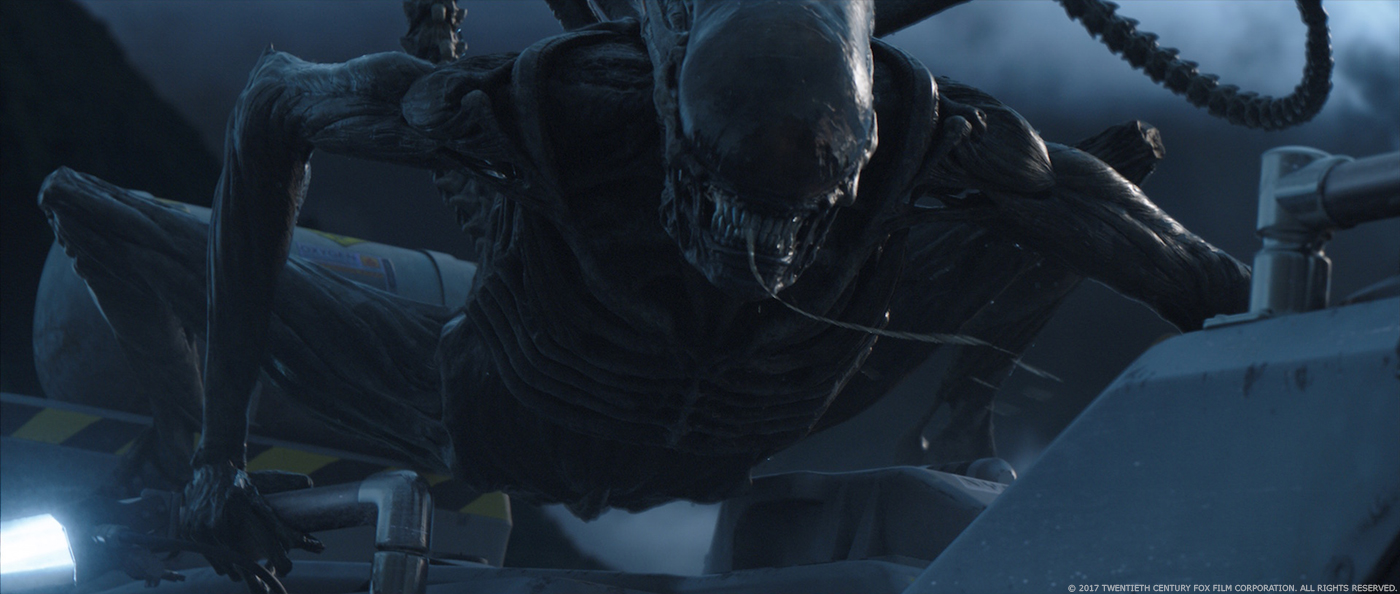
Who designed the “plan” schematics in movie. Is there any concept art or story boards of them out there?